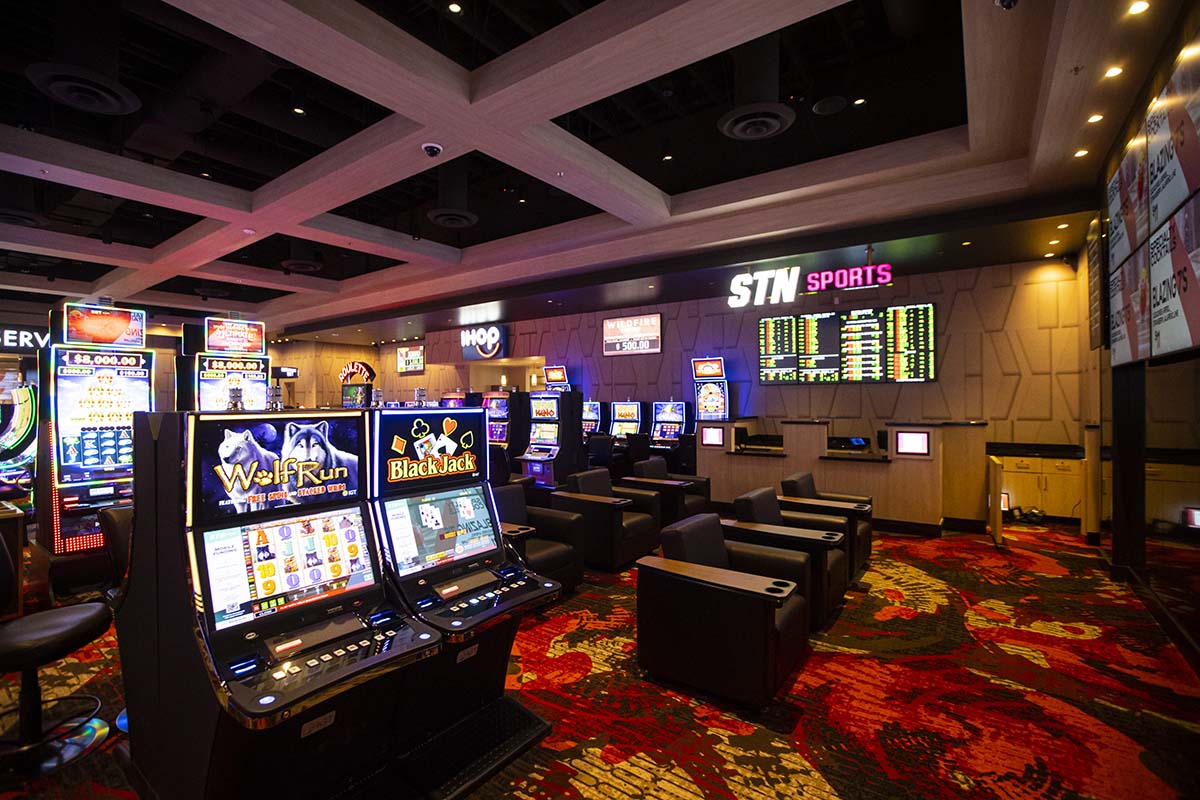
Casino games have long captivated human interest, drawing gamblers into a universe filled with fortune, planning, and the allure of excitement. Each game is carefully crafted not just for enjoyment, but also to elicit particular emotional responses that keep players involved and committed. Understanding the drives behind these designs reveals much about how human psychology plays a crucial role in the gaming experience.
From the dazzling lights and vibrant sounds to the sophisticated layering of guidelines and incentives, casino games are designed to create an atmosphere of thrill and anticipation. Game designers leverage psychological principles to influence player behavior, whether through the use of jackpots, almost wins, or social interactivity. By examining these factors, we can better appreciate how casino games fulfill not just a want for entertainment, but deeper psychological needs for adventure and hazard.
Grasping Player Actions
Casino games are designed with a profound understanding of player psychology, which is crucial for luring and holding players. The thrill of the game, coupled with the anticipation of winning, creates a powerful draw. Game designers make use of elements like audio cues, dynamic graphics, and immersive gameplay to engage attention and elicit emotional responses. These sensory effects enhance the total environment, making players feel more invested in the game.
Another significant aspect of player behavior is the concept of risk versus reward. Casino games often manage risky situations with the potential for considerable rewards, which can result in the event known as near-miss effect. When players come near to winning, the brain secretes dopamine, reinforcing their behavior and prompting them to keep playing in quest of that hard-to-reach win. This cycle of hope and frustration plays a crucial role in how games are designed and marketed.
Lastly, social elements also play a central role in player behavior at casinos. Many games are made to be played in groups or in company with other players, nurturing a sense of togetherness and communal experience. The interaction inherent in games like blackjack enhances enjoyment and can culminate in prolonged gaming periods. Designers leverage on this by crafting environments that invite players to linger, interact, and return, making the overall casino experience more inviting.
The Role of Visuals and Audio
Imagery and sound play a crucial role in improving the gambler’s experience within gambling games. Designers utilize vibrant colors, striking graphics, and engaging animations to grab players’ attention and hold their interest. The use of motifs, such as exploration or opulence, helps create an engaging atmosphere that takes players into another world. By appealing to the senses, these elements add to a intensified emotional response, encouraging players to interact more deeply with the games.
Sound design is just as important in reinforcing the overall experience of gambling games. The mix of background music, audio effects for successful combinations, and environmental noises creates an auditory landscape that keeps players fascinated. Audio cues associated with wins, such as chiming bells or celebratory music, evoke feelings of excitement and reward, prompting players to continue playing. These sound cues are strategically placed to amplify the thrill of the game and create a more engaging experience.
Moreover, the synchronization of imagery and audio is crucial for reinforcing the game’s overall theme and mood. Each element should coordinate seamlessly to create a cohesive experience that pulls players in. The effective use of this synergy not only enhances user enjoyment but also boosts the chances of repeat play, as players become more engaged in the captivating world that the casino games offer. This thoughtful combination of visuals and audio ultimately enhances player engagement and loyalty.
Incentive Systems and Engagement
The design of casino games significantly relies on incentive structures to ensure players engaged and returning for more. These structures are based in behavioral principles that take advantage of human nature and motivation. Players are often driven by the thrill of success, which is supported by immediate feedback through the game’s design. https://8ok.red/ This prompt satisfaction not just improves the gaming experience but also cultivates a feeling of achievement, encouraging players to keep participating in hopes of bigger gains.
Gaming establishments adopt various incentive systems, such as jackpots, bonuses, and increased rewards, to captivate players. These features create a level of thrill that sustains interest. Additionally, the randomness of results plays a significant role in sustaining attention. The variable reward system, where wins are random but happen often enough, maintains players on edge and driven to keep playing. This loop of hope and expectation is foundational to the success of gambling experiences.
In addition, social elements, such as tournaments and collaborative options, enhance the participation factor by tapping into the competitive nature of participants. The shared experience of playing with fellow participants can amplify the excitement of success and create a community atmosphere within the casino. By integrating these community elements with effective reward systems, gambling experiences don’t just provide fun but also foster a stronger bond among players, reinforcing their commitment to the gaming experience.
